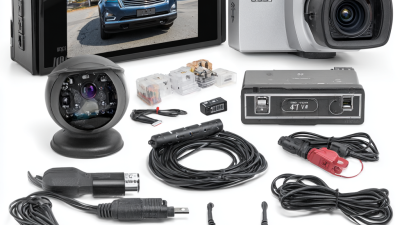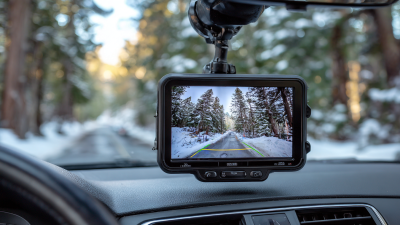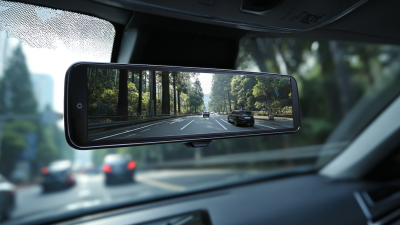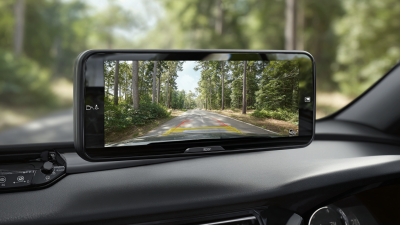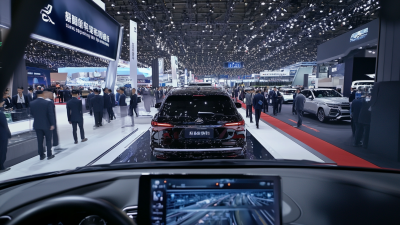Leave Your Message
In today's fast-paced world, the integration of technology into our daily lives has revolutionized the way we interact with our vehicles, particularly through systems such as the Backup Camera With Monitor. While these systems are designed to enhance safety and improve parking efficiency, they also present a unique set of challenges that can sometimes undermine their effectiveness. Drivers may encounter issues ranging from camera malfunctions and visibility problems to distractions caused by the monitoring display. Understanding the intricacies and potential pitfalls of using a Backup Camera With Monitor is crucial for ensuring a smooth and safe driving experience. This blog aims to explore these challenges in depth, offering guidance on how to effectively navigate the complexities associated with this innovative technology.
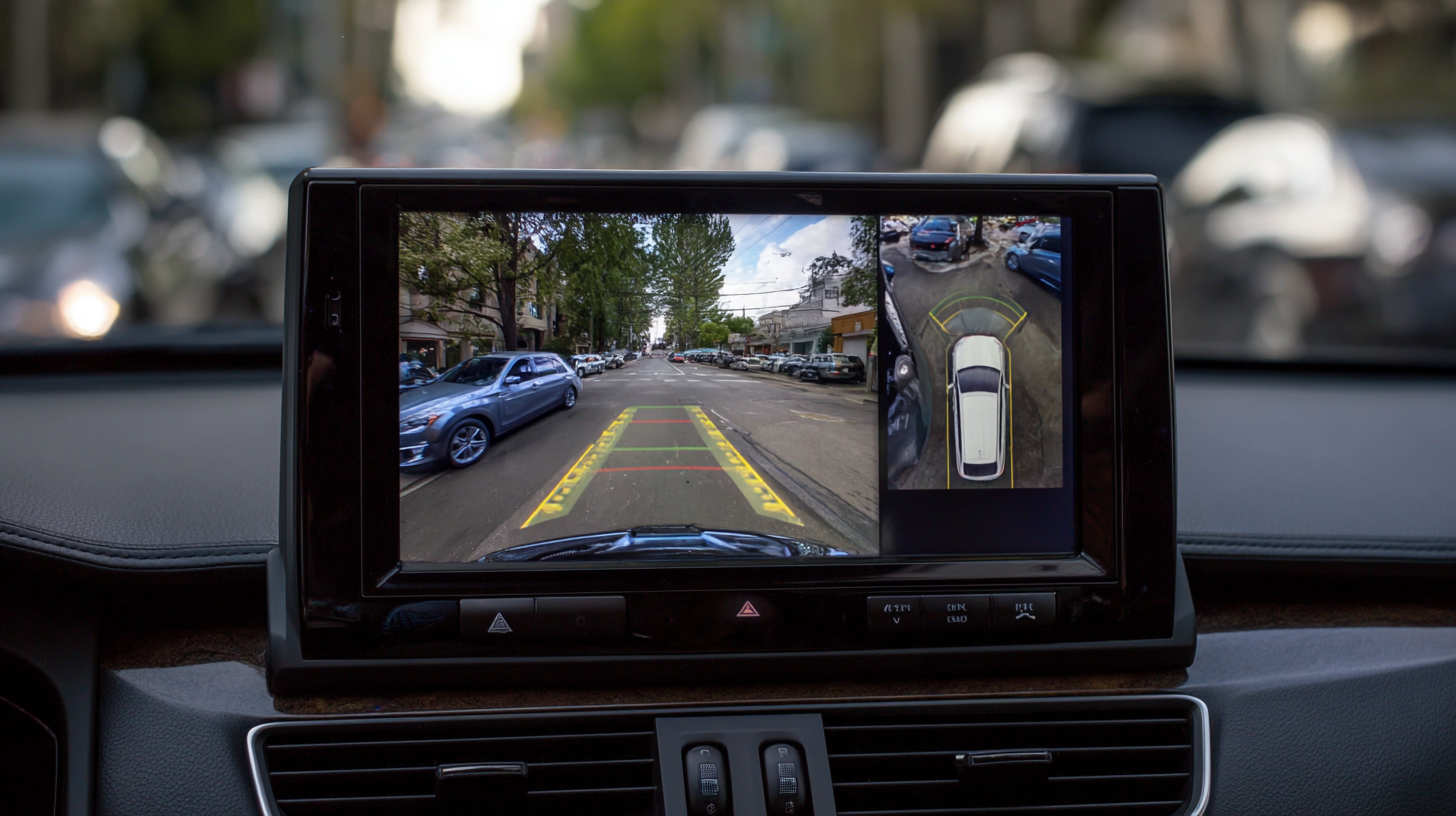
Backup cameras have become essential tools for enhancing vehicle safety, yet their effectiveness can vary significantly across different environments. One major limitation is their performance in extreme weather conditions, specifically severe cold. At temperatures as low as -30° C (-22° F), backup cameras may struggle with visibility issues. The freezing temperatures can cause condensation on the camera lens or even affect the electronics, leading to malfunctions just when the driver needs them most.
Moreover, backup cameras may not be as effective in low-light situations or when there are obstacles such as heavy snow or fog. The technology relies heavily on visibility, and any environmental factors that obscure the camera's view can compromise safety. Understanding these limitations is crucial for drivers who depend on these systems for navigation and safety. In essence, while backup cameras provide valuable assistance, it's important to remain vigilant and aware of their constraints in challenging environments.
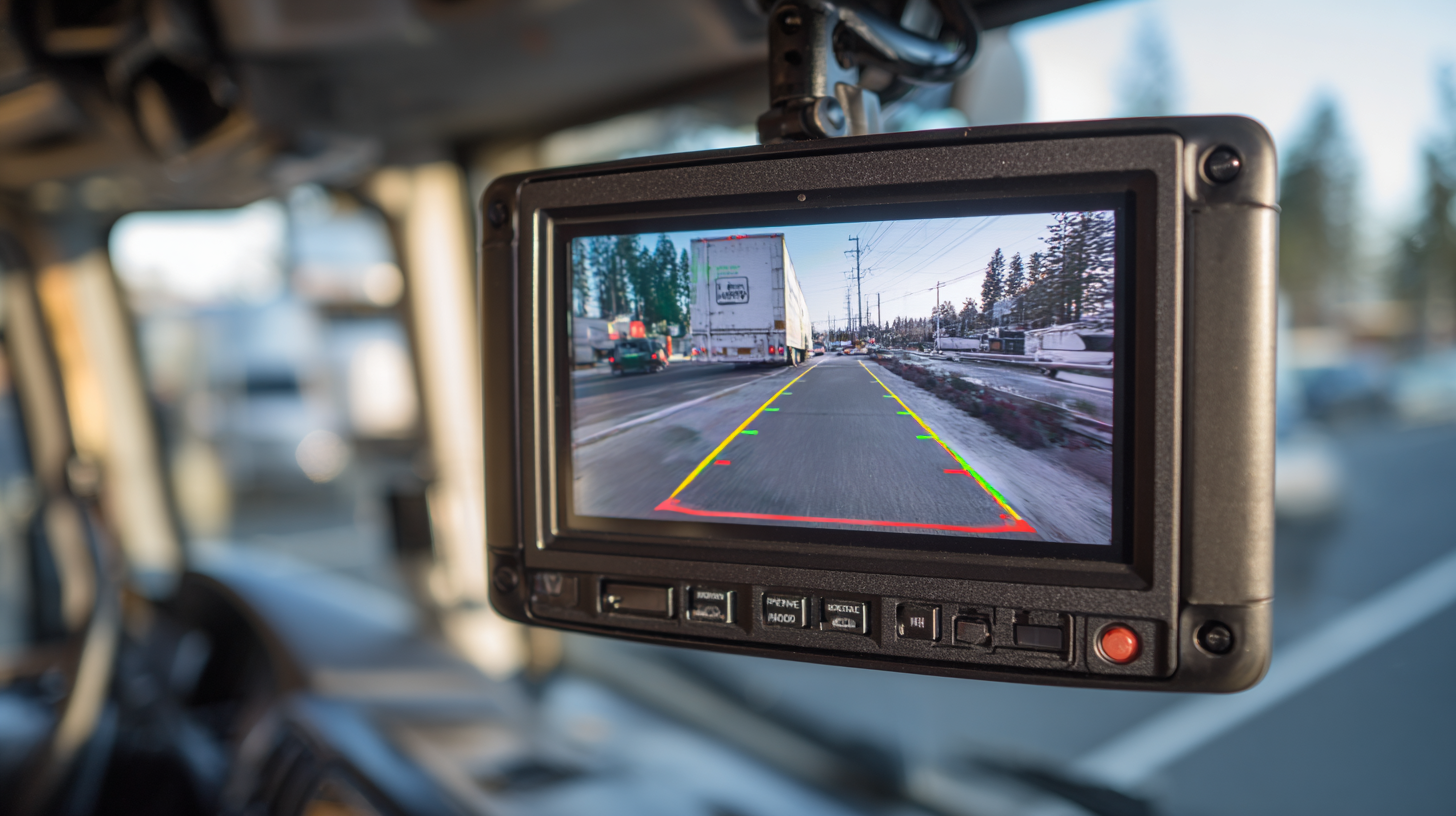
Backup cameras with monitor systems have revolutionized the way we reverse and park our vehicles. However, their performance can significantly reduce under poor visibility conditions, such as heavy rain, fog, or nighttime driving. These situations can lead to distorted images and hindered visibility, creating potential safety risks. It's essential to understand how these environmental factors impact camera functionality and what drivers can do to mitigate these challenges.
To enhance camera performance in adverse conditions, consider cleaning the camera lens regularly to remove dirt or moisture that may obstruct the view. Additionally, ensure that your backup camera system is properly calibrated and positioned, as misalignment can lead to further visibility issues. When driving in poor weather, it’s beneficial to rely not solely on the camera but also on traditional mirrors and turning your head to check blind spots.
In low-light situations, parking in well-lit areas can improve camera visibility. Some backup camera systems come with night vision capabilities, so investing in a high-quality system may offer better performance when natural light is limited. Always stay mindful of your surroundings and remember that while backup cameras are a valuable tool, they should complement, not replace, vigilant driving practices.
Backup camera systems have become essential for enhancing safety while reversing. However, users often encounter a range of technical glitches that can undermine their effectiveness. Common issues include distorted images, delayed video feed, and unreliable connectivity between the camera and monitor. These problems can arise from poor installation, damaged components, or even software bugs.
To avoid image distortion, ensure that your camera is installed at the correct angle and is free from obstructions. Regularly check for dirt or debris on the lens, as even small particles can significantly impact visibility. Additionally, when experiencing delays in video feed, it may help to restart the monitor or check for any loose connections, as these may cause interruptions in the signal.
One way to mitigate issues with connectivity is to invest in quality wiring and connectors. Cheap or compromised components can lead to frequent malfunctions. Another tip is to keep the camera system updated with the latest software, as manufacturers often release patches to resolve known bugs and improve performance. Taking these steps can help ensure that your backup camera system functions smoothly, giving you greater peace of mind on the road.
Integrating backup cameras with monitor systems into vehicle dashboards presents several user discomfort challenges. One primary concern is the distraction factor; a study by the National Highway Traffic Safety Administration (NHTSA) indicated that visual distractions can increase the risk of accidents. In a vehicle setting, the presence of a monitor requiring the driver's attention can lead to a divided focus, especially when backing up. The NHTSA reported that nearly 50% of accidents occur when the driver is not fully attentive to their surroundings, underlining the critical need for balance between safety features and driver awareness.
Moreover, ergonomic issues arise with how monitors are incorporated into vehicle designs. According to a report from the Society of Automotive Engineers (SAE), improper monitor placement can lead to uncomfortable viewing angles and strain, which can ultimately affect driver performance and comfort. Research shows that over 30% of drivers report neck discomfort when the monitor is positioned too high or too low relative to their line of sight. Thus, manufacturers must prioritize both safety and user comfort by optimizing monitor placements in the dashboard to enhance the driving experience without exacerbating discomfort and distraction.
The use of backup camera systems has surged in popularity, and while they offer numerous benefits in enhancing vehicle safety, the cost versus benefit analysis is crucial for consumers and manufacturers alike. According to a report by the Insurance Institute for Highway Safety (IIHS), backup cameras can reduce backing crashes by up to 30%. This statistic underscores the potential life-saving advantages of these systems. However, the initial investment for equipping vehicles with advanced backup camera technology can range from $200 to $1,500, depending on the complexity of the system and vehicle type.
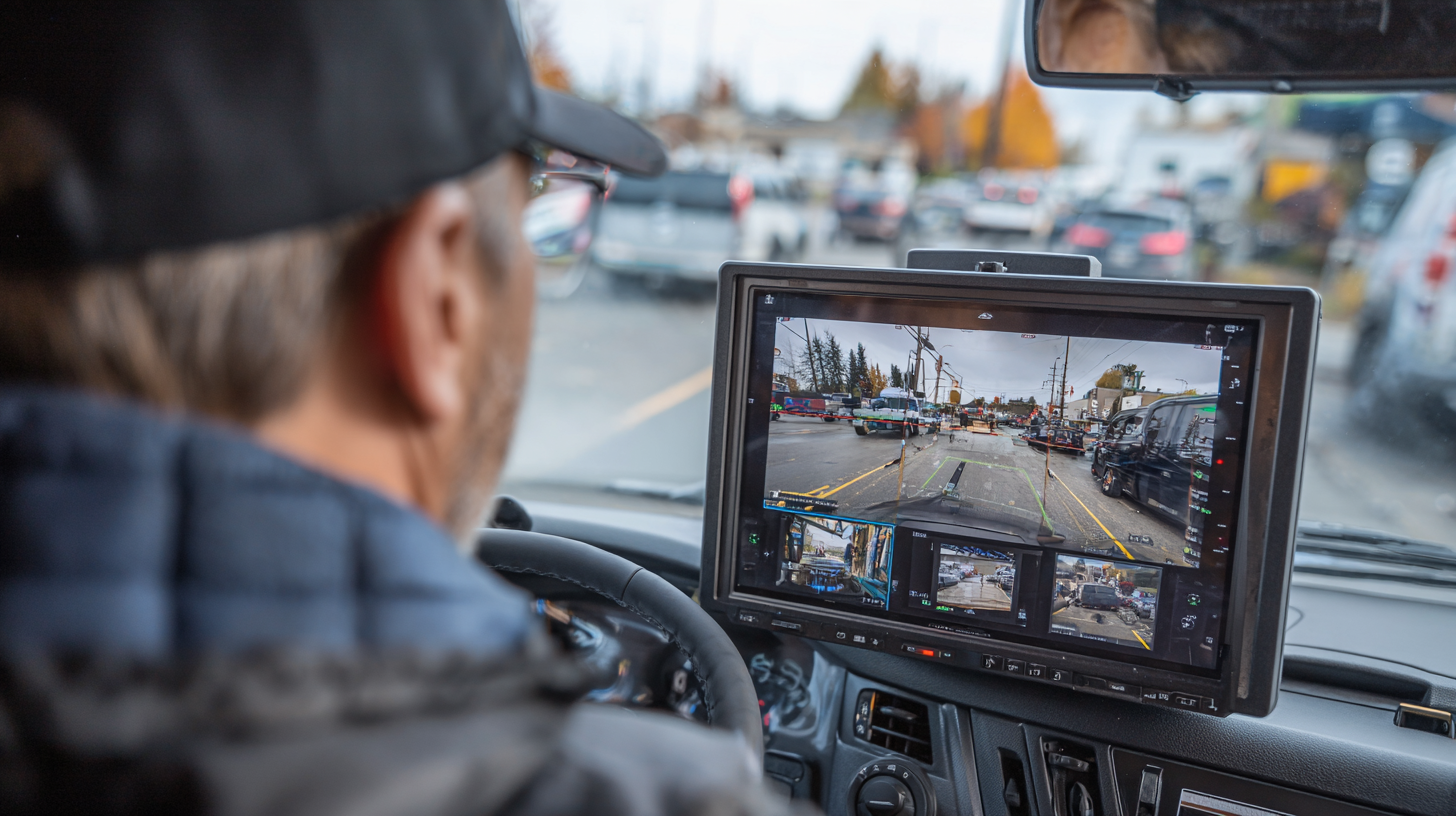
Additionally, a study conducted by the National Highway Traffic Safety Administration (NHTSA) revealed that the implementation of rearview cameras became a standard requirement for all new vehicles under 10,000 pounds in the U.S. as of 2018. This regulation not only affects manufacturers’ costs but also influences the pricing of end-user vehicles, ultimately raising the initial purchase price. Evaluating the substantial decrease in collision-related injuries and fatalities against the financial implications reveals that while the systems may represent a significant upfront investment, the long-term benefits—both in safety and potential insurance savings—are invaluable.
